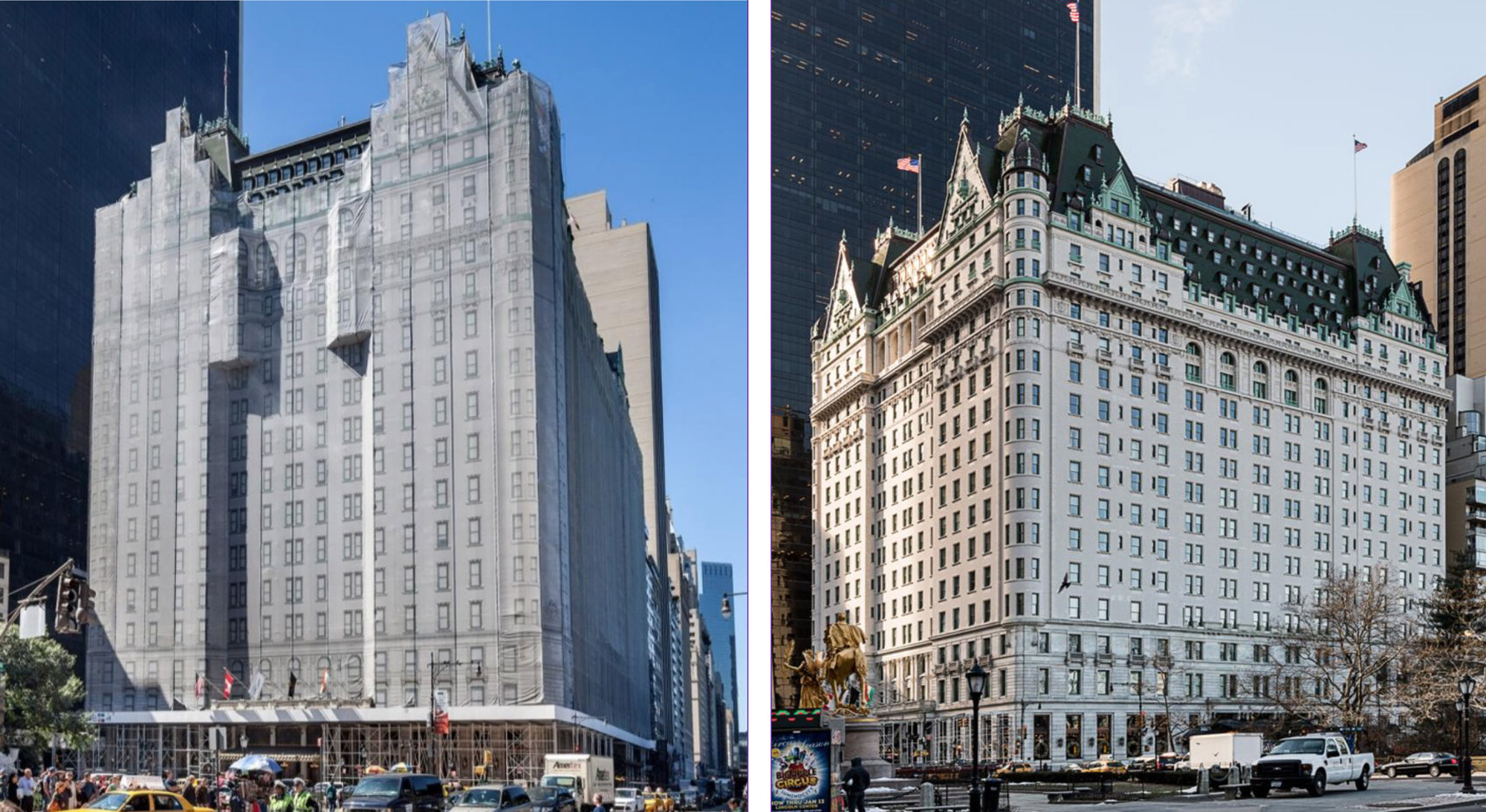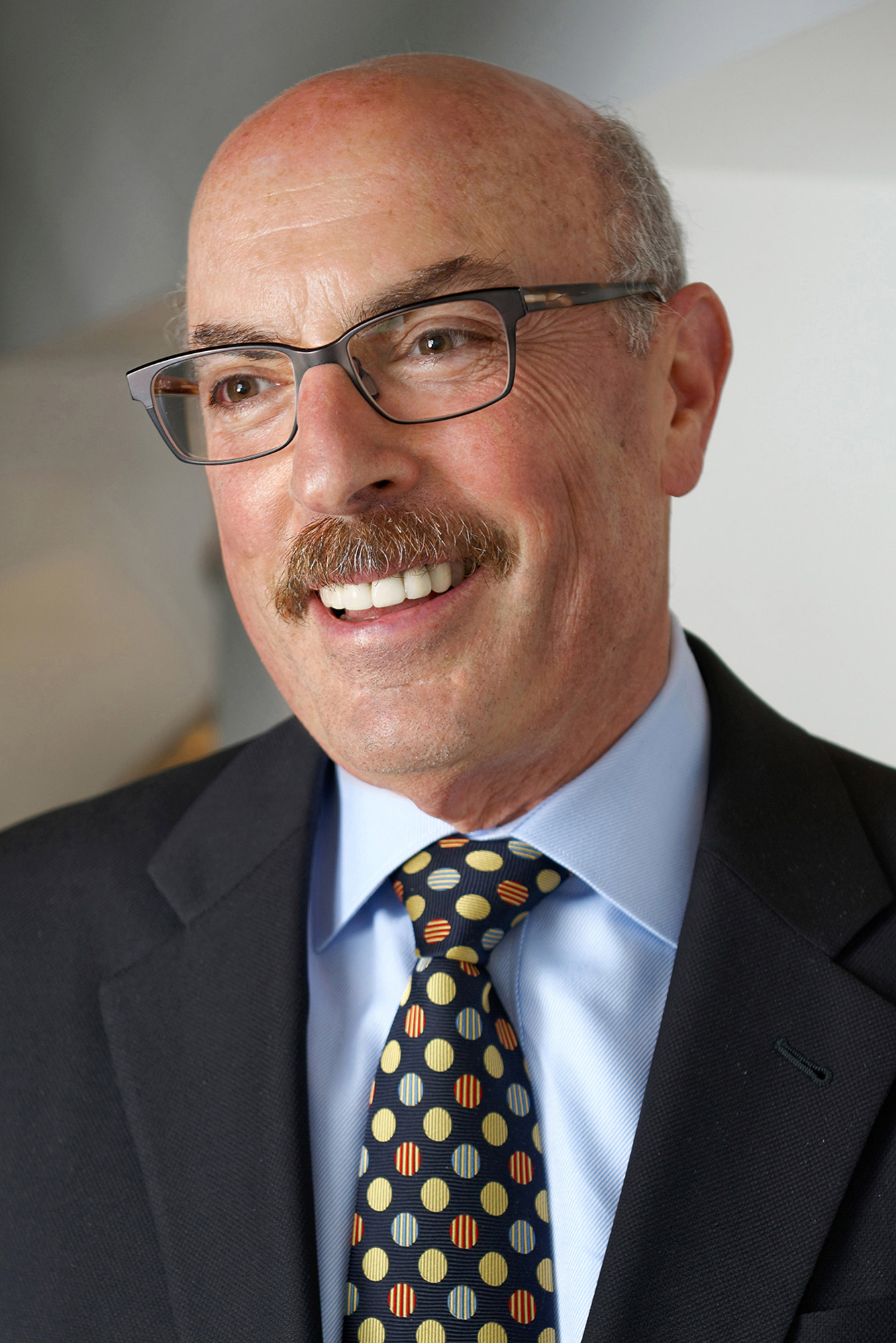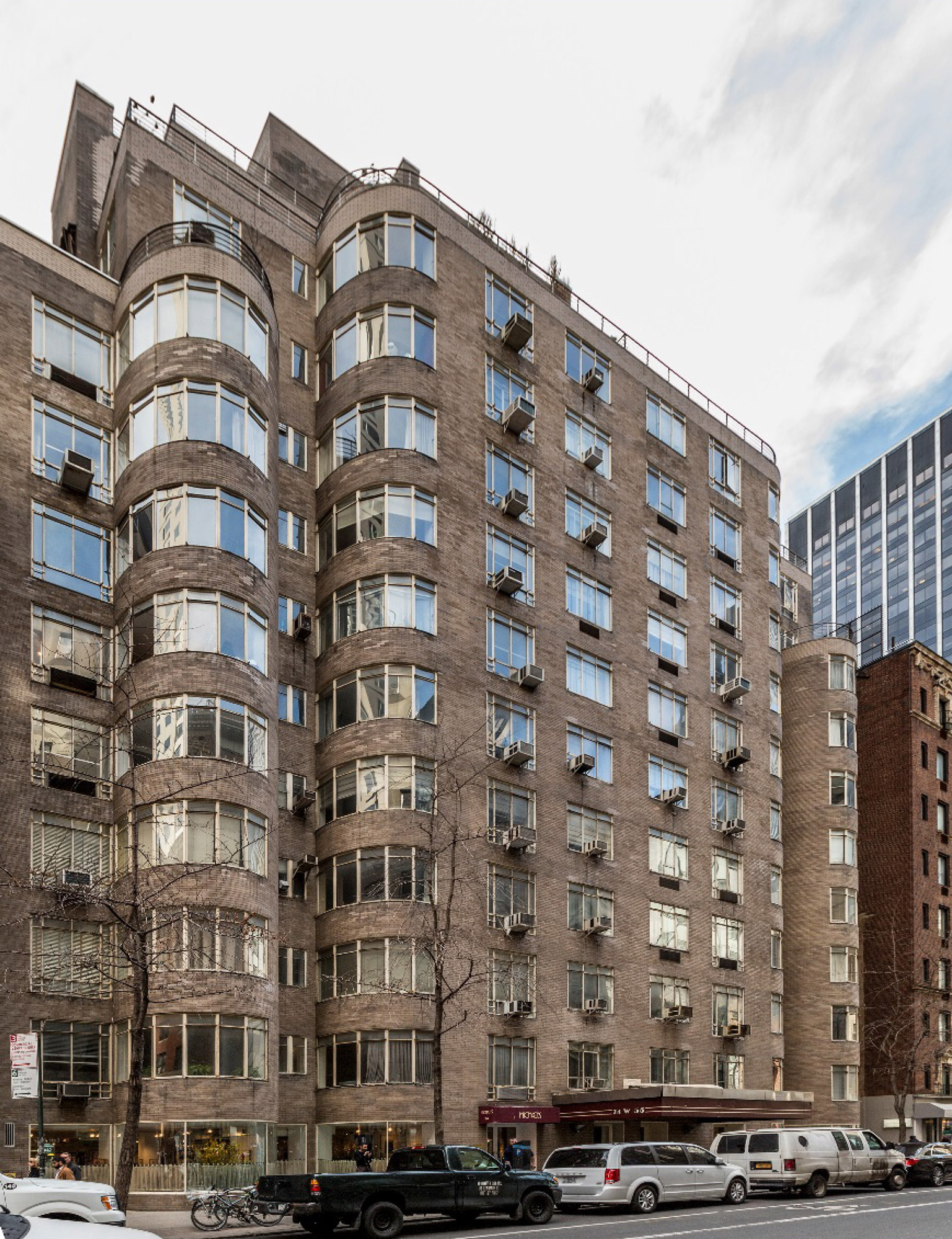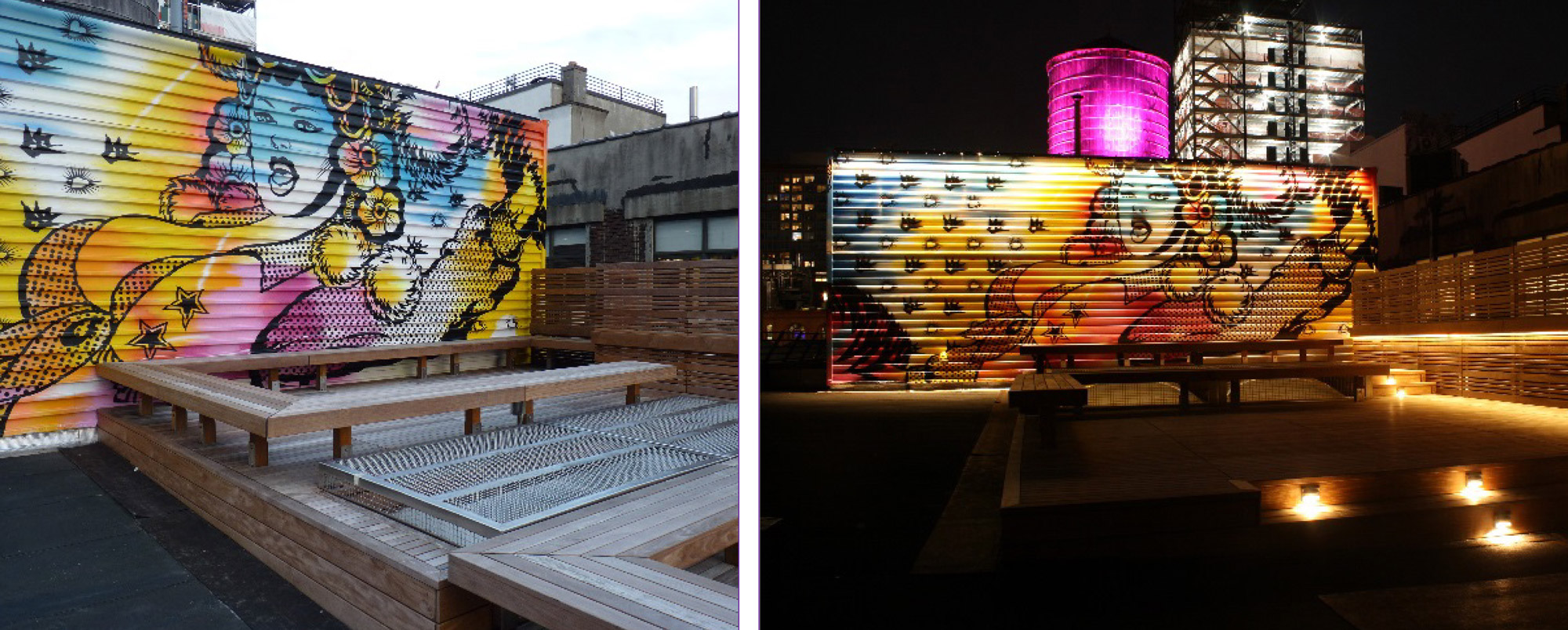by: AIA New York Chapter
A respected leader and expert in the preservation and restoration of building façades, Howard Zimmerman, FAIA, Founder and President, Howard L. Zimmerman Architects, has raised the awareness and advanced the standards of this specialty, transforming the safety and aesthetics of the urban experience. For more than 35 years, Zimmerman has used his expertise—unique in breadth and depth—to inspect, evaluate, preserve, and restore thousands of façades of New York City, from 19th-century landmarks to 21st-century high-rises. Just as that variety provides examples and benchmarks for buildings in older cities around the country, so too have Howard’s approach and methods set standards throughout the profession. Zimmerman has had a profound influence not only on the city’s fabric, but on the architectural practices with which he has partnered and on the actions of buildings owners toward the profession’s essential role in recognizing the value of their properties’ envelopes.
The 2017 Jury of Fellows of the AIA elevated Zimmerman to its prestigious College of Fellows in the second category of Fellowship, which recognizes architects who have “Advanced the science and art of planning and building by advancing the standards of architectural education, training or practice,” according to the organizations’s definition. Now among the AIA membership’s three percent distinguished with Fellowship and honorary Fellowship, Zimmerman was recognized at the New Fellows Reception hosted by AIA New York in March and was honored further at an investiture ceremony at the recent AIA Conference on Architecture 2017 in Orlando.
Q: What is your proudest achievement as an architect, or your favorite project you’ve worked on?
A: I’m extremely proud to be working for the New York Real Estate community and charged with what is, essentially, fixing their buildings. As one of the foremost restoration architects in what is, arguably, the greatest city in the world, we are involved with both the oldest buildings and the newest designs from every possible perspective—from basements to bell towers, from inside mechanical systems to exterior facades and statuary. I’m proud we get to experience so many incredible buildings from a vast array of perspectives, both inside and out.
Q: What is your earliest memory of experiencing architecture?
A: My earliest memory of experiencing architecture was in Greenwood Lake, New Jersey, when I was 15 years old. I was introduced to my first architecturally renovated house and I was astounded to see multi-level space with a sloped ceiling and open portals for windows. There was a mezzanine and a long walkway that looked out over the open space below. For a city boy who grew up in a typically small New York City apartment, it was very much a wow moment!
Q: Who do you most admire?
A: Louis Kahn, for his use of space and sunlight; IM Pei, for his elegance and form; and Charles Gwathmey, for his form and geometry
Q: What are you working on right now?
A: Right now, we’re restoring the old New York Life Building at 346 Broadway. It is replete with an amazing array of artifacts including gold embossed ceilings, marble glazed lobbies, gargoyles weighing several tons, and one of the last remaining giant, hand-wound mechanical clocks, housed in a four-sided clock tower actually, in the Western Hemisphere. We walk a fine line, sometimes, in preserving a building, as serving the owner’s budget and schedule sometimes conflict. We walk a fine line between respecting financial parameters and preservation needs. Careful, conservative preservation is nearly always the best solution in the long run.
Q: What does being a Fellow mean to you?
A: As an architect, I was trained to design new buildings, not to repair them. I used to think a bit less of our end of the profession and was unsure if I was truly practicing architecture as taught in school. Having spent 30 years preserving some of the most important buildings in the city, as well as the most mundane; some of the oldest as well as the newest; some of the most prestigious as well as the not-so-notable, I’m now quite cognizant of the valuable service we perform. I feel renewed and honored to be recognized by the profession and by my peers.
Editors’ Note: This feature is part of a series celebrating the 18 members of the American Institute of Architects (AIA) New York Chapter that have been elevated to the AIA College of Fellows in 2017, an honor awarded to members who have made significant contributions to both the profession and society. Learn more about Fellowship here.













